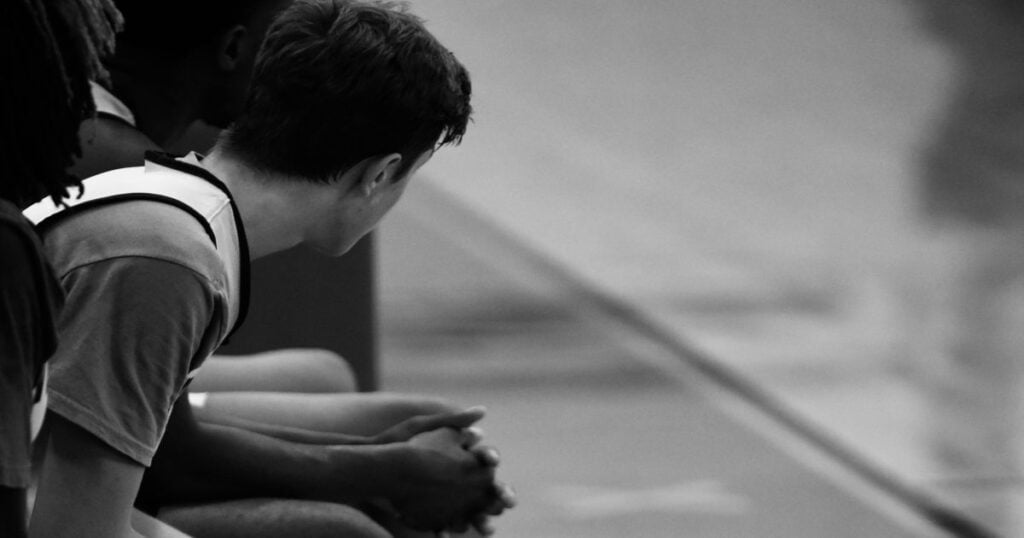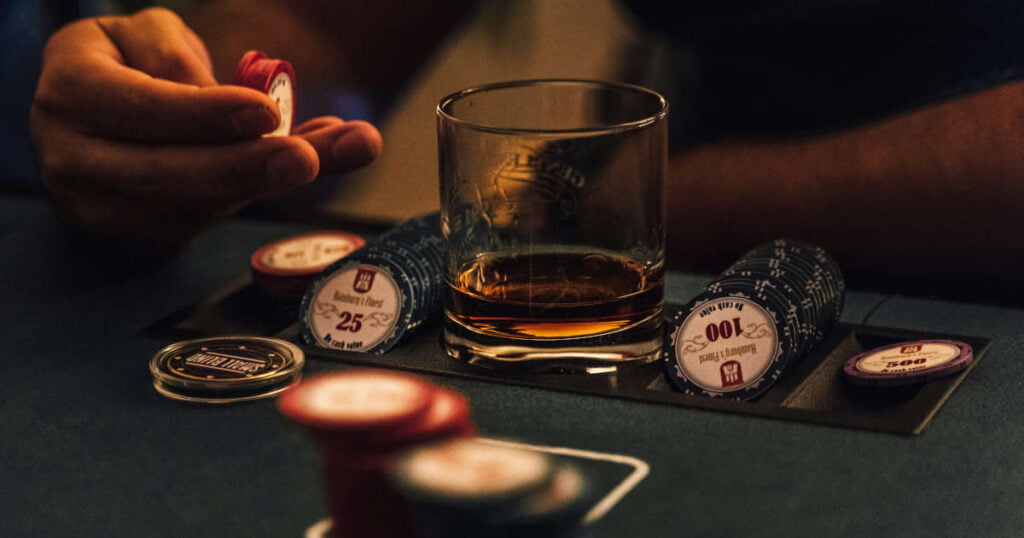What Is GTD in Basketball?
“GTD” stands for Game-Time Decision in the NBA. When it appears beside a player’s name, it means that the player’s health condition is in question. Usually, the player has been injured, and the acronym refers to their availability to play.
The player listed as GTD is not participating in the game unless it is determined otherwise prior to the game’s tip-off.
A specific player’s unavailability to play means a change in strategy and subsequent rearrangement in the lineup, which can impact the game’s outcome. Besides the obvious reasons, strategically, it is not desirable for both the coach and the team to have players who are unable to participate in the game.
For players listed as GTD, the likelihood of appearing and participating in the next game is 50%. They typically cannot participate in training for the game, only in warm-ups before it, provided their injury allows them to do so. Before the game, these injured players undergo a thorough evaluation by medical professionals, who determine whether they are fit to play or should remain on the bench.
Read next: What Is Positionless Basketball?


